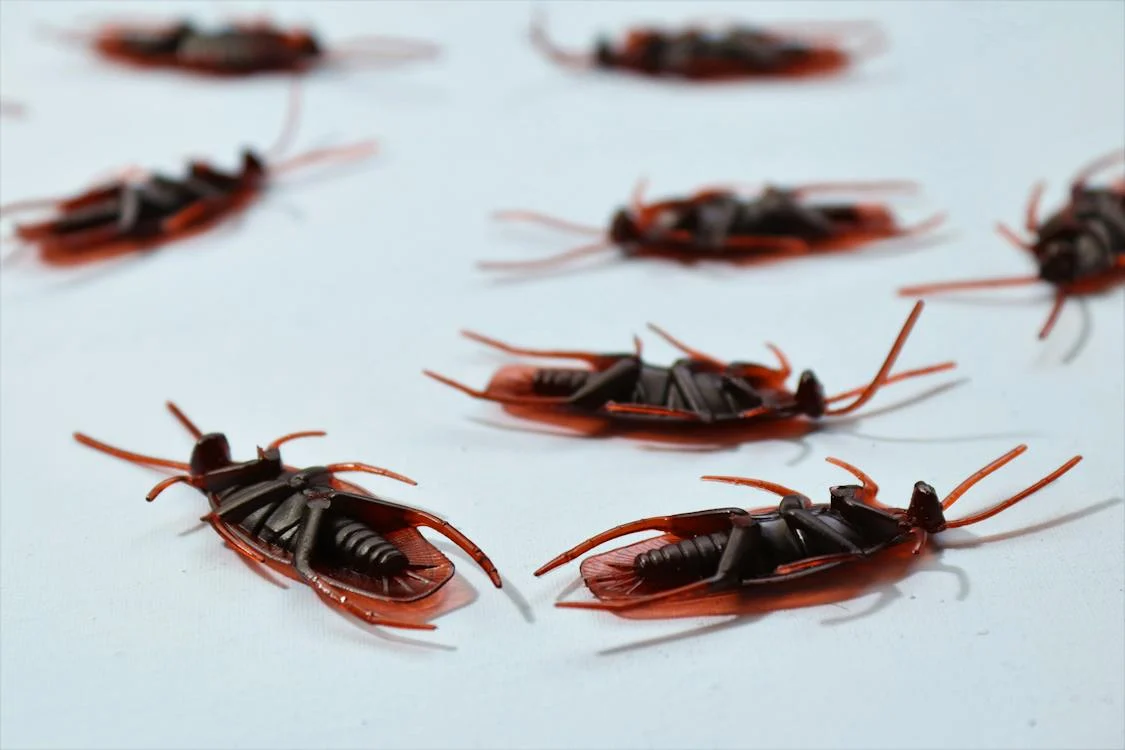Living in multi-unit housing offers numerous advantages, such as shared amenities and a sense of community. However, it also poses unique challenges when it comes to pest control. Infestations in one unit can quickly affect others, requiring a collective effort from tenants and owners. In this article, we’ll explore essential tips for effective pest control in multi-unit housing, fostering a clean and comfortable living environment for all.
1. Open Communication:
Fostering transparent communication channels between tenants and property owners is paramount. Tenants are encouraged to swiftly report any indications of pests to property management, facilitating a prompt response to potential infestations. In return, property owners should communicate preventive measures and the scheduling of pest control treatments to tenants, promoting a collaborative effort in maintaining a pest-free living environment. For additional pest control insights, visit www .ant exterminator .org.
2. Regular Inspections:
Implementing routine inspections is crucial for early pest detection. Property owners should regularly inspect common areas, shared spaces, and individual units. Identifying and addressing pest issues in their early stages can prevent widespread infestations and minimize the impact on multiple units.
3. Seal Entry Points:
Pests can quickly move between units if entry points are not adequately sealed. Property owners should address potential entry points, such as gaps around doors and windows, wall cracks, and utility penetrations. Sealing these openings is a barrier, reducing the likelihood of pests spreading from one unit to another.
4. Educate Tenants:
Informing tenants about pest prevention measures is essential. Property owners should provide educational materials on proper waste disposal, food storage, and cleaning practices. Tenants, in turn, should follow these guidelines and report any maintenance issues that could contribute to pest problems.
5. Trash Management:
Proper trash management is a shared responsibility. Encourage tenants to dispose of garbage regularly and use sealed bins. Property owners should ensure that communal trash areas are well-maintained, with prompt waste removal to deter pests from congregating in these spaces.
6. Professional Pest Control Services:
Engaging professional pest control services is a proactive approach to maintaining a pest-free environment. Property owners should schedule regular pest control treatments, focusing on common areas and exteriors. Tenants should cooperate by allowing access to their units during treatments planned.
7. Encourage Tenant Cooperation:
Tenants should cooperate in pest control efforts by promptly reporting issues, adhering to property guidelines, and allowing access to inspections and treatments. Encouraging a sense of collective responsibility fosters a community-driven approach to pest prevention.
8. Maintain Green Spaces:
Well-maintained landscaping contributes to pest control. Property owners should ensure that outdoor areas are landscaped to minimize potential pest habitats. Regular maintenance, proper irrigation, and strategic plant selection can deter pests from congregating near the building.
9. Address Moisture Issues:
Moisture attracts pests, and addressing water leaks promptly is essential. Property owners should address plumbing issues and leaks immediately to prevent the development of damp environments conducive to pest infestations.
10. Response Plans for Infestations:
When faced with an infestation, property owners should establish a well-defined response plan in collaboration with a Sarcamento roach exterminator. This plan encompasses notifying affected tenants, executing comprehensive treatments, and implementing preventive measures to mitigate the risk of recurrence. Maintaining open communication during these situations is crucial for preserving trust within the community and ensuring a coordinated effort in effective pest management.
Conclusion:
Effective pest control in multi-unit housing requires collaboration between tenants and property owners. Both parties create a clean and comfortable living environment by fostering open communication, conducting regular inspections, and implementing preventive measures. Engaging professional pest control services and establishing response plans for infestations strengthen the collective effort to keep multi-unit housing pest-free.
